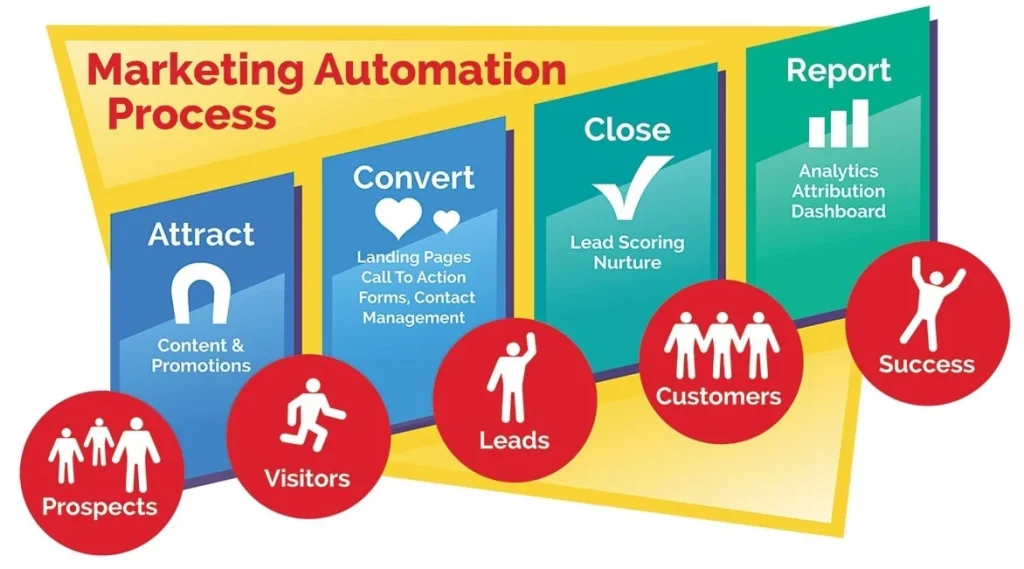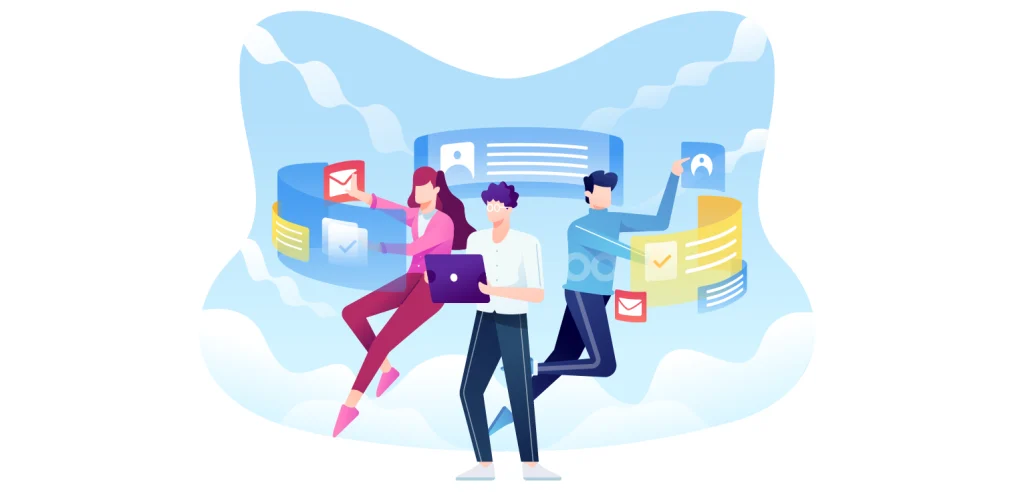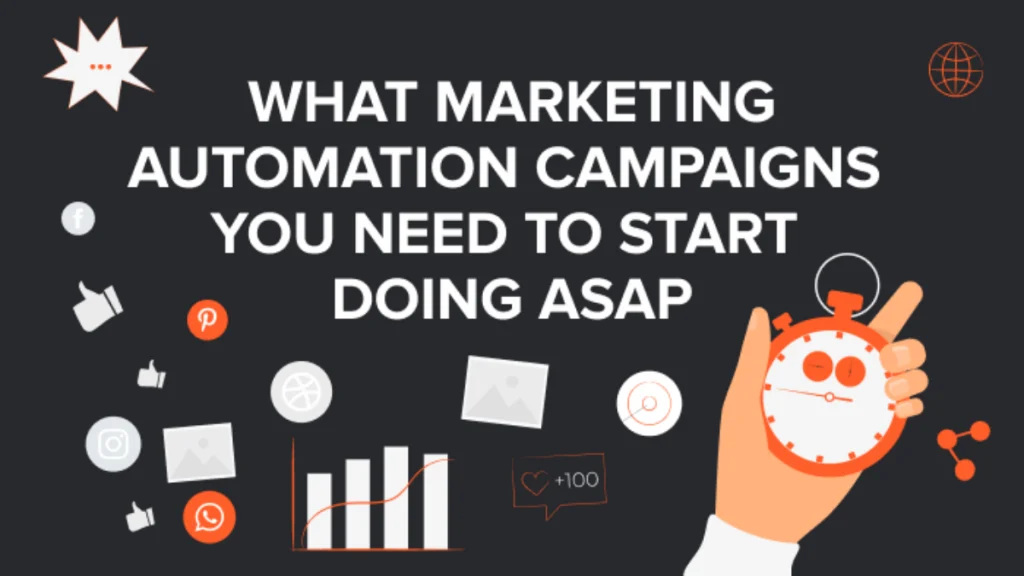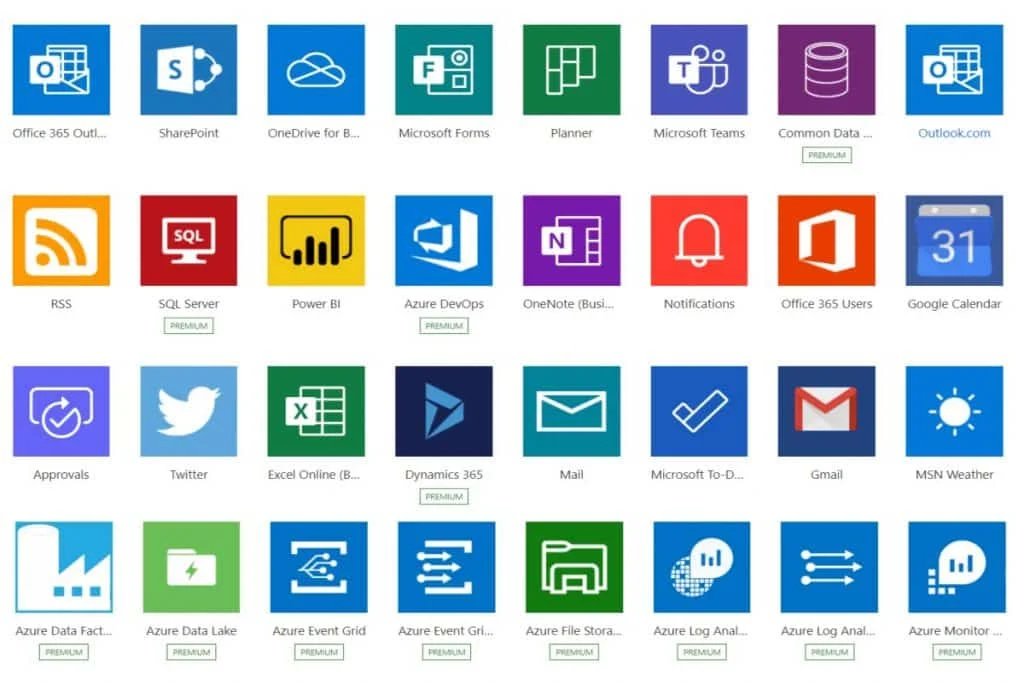In today’s high-velocity digital economy, where every product launch or update can influence a brand’s trajectory, product events marketing automation is no longer optional it’s essential. Imagine streamlining complex event-driven marketing workflows, eliminating manual bottlenecks, and engaging your audience at just the right moment. This is the power of automation in product events.

Whether you’re launching a new feature, updating a product line, or hosting a virtual event, automating your marketing responses and campaigns can drive efficiency and boost ROI.
What is Product Events Marketing Automation?
Product events marketing automation refers to the use of automated systems and workflows to manage marketing tasks triggered by specific product-related events. These could include:
- Product launches
- Feature rollouts
- Version updates
- User onboarding milestones
- Cart abandonment or purchase triggers
Instead of manually coordinating emails, push notifications, or social media messages for each product-related event, marketers can set up automated workflows that activate based on predefined triggers.
Why is Product Events Marketing Automation Important for Modern Businesses?
In today’s digital-first marketplace, customers don’t just appreciate personalized experiences, they expect them. Whether it’s a new product launch, a feature update, or an onboarding sequence, modern consumers demand real-time, relevant, and tailored interactions. Meeting these expectations manually across multiple product events quickly becomes unsustainable, especially as your business scales.

That’s where product events marketing automation comes in. It empowers businesses to respond instantly to user behaviors and product triggers, ensuring that every communication feels timely and relevant.
Here’s why this automation is a game-changer:
- Speed: Automated workflows allow for instant responses when a product event occurs, no lag, no missed opportunities.
- Scalability: From small startups to global enterprises, automation scales with your business and customer base without overwhelming your team.
- Consistency: It ensures your messaging stays on-brand and error-free across every channel and campaign.
- Personalization: Automation tools use real-time data to tailor messages based on user behavior, preferences, and past interactions.
In a world where customer experience defines success, automation isn’t just a technical solution it’s a strategic advantage. It enhances engagement, builds trust, and creates meaningful connections at every stage of the customer journey.
Key Benefits of Automating Product Event Campaigns
Implementing product events marketing automation delivers a host of strategic advantages for modern businesses. From improving engagement to driving smarter decisions, here’s how automation transforms your campaigns:

Improved Customer Engagement
Automation ensures you reach users at the most impactful moments—such as right after a product onboarding or during a feature rollout. This boosts relevance and deepens customer relationships.
Enhanced Conversion Rates
When communication is both timely and tailored, your click-through and conversion rates naturally rise. Automated workflows help deliver the right message at the right time, nudging users toward action.
Operational Efficiency
By automating repetitive tasks like follow-up emails or update alerts, your marketing team gains time to focus on strategy, creativity, and innovation—rather than getting stuck in the weeds.
Consistent Brand Messaging
Automated campaigns ensure that your brand voice, design, and messaging remain consistent across all channels, creating a cohesive experience for every user.
Better Data Insights
Track every user interaction across multiple touchpoints. These analytics help you fine-tune your workflows, measure performance, and understand what truly drives engagement and growth.
Use Cases: Real-World Examples

Here are real-life examples where product events marketing automation drives impact:
SaaS Onboarding Series
Trigger: New user signup
Automation:
- Day 1: Welcome email + Product tutorial video
- Day 3: Feature highlight + CTA to try
- Day 7: Check-in email + Feedback form
E-Commerce Product Launch
Trigger: Product release date
Automation:
- Teaser campaign
- Countdown emails
- Launch-day announcement
- Follow-up discount for early buyers
Mobile App Engagement
Trigger: In-app milestone (e.g., 10 logins)
Automation:
- Push notification: “You’re crushing it!”
- Email: Unlock premium feature preview
Tools & Platforms That Power Automation

Choosing the right platform is half the battle. Here are leading tools for product events automation:
| Platform | Best For | Highlight Feature |
| HubSpot | Full-stack marketing automation | Behavior-based email workflows |
| Marketo | Enterprise-level campaigns | Multi-channel engagement |
| ActiveCampaign | SMBs and startups | Visual automation builder |
| Customer.io | App-based product messaging | Event-triggered user flows |
| Iterable | Growth-focused teams | Dynamic content and personalization |
Each of these tools supports event-driven automation and integrates easily with CRMs, eCommerce platforms, and mobile apps.
How to Set Up a Product Events Marketing Workflow

Step 1: Define Your Events
Start by identifying the product triggers e.g., new sign-up, product release, abandoned cart.
Step 2: Map the Customer Journey
Understand where the event fits into your funnel (awareness, activation, retention).
Step 3: Segment Your Audience
Group users by behavior, geography, purchase history, or usage patterns.
Step 4: Create Automation Rules
Use “if-then” logic. For example:
If a user signs up → then send a welcome sequence.
Step 5: Design Campaign Assets
Write copy, design visuals, and prepare offers or educational content.
Step 6: Launch & Test
Start small, test variations, and gather initial feedback.
Step 7: Analyze & Optimize
Track performance metrics and continuously improve.
Common Mistakes to Avoid
- Over-Automation Without Personalization: Robotic, generic messages can turn users away.
- Ignoring Data Hygiene: Bad data = Bad automation. Clean your lists and verify event triggers.
- Failing to Monitor Campaigns: Always test and track. Automation isn’t “set it and forget it.”
- No Clear Goals or CTAs: Every event-triggered campaign should have a measurable goal.
- Overloading Users: Avoid spamming. Control frequency and channel delivery.
Metrics to Track for Success
Measure what matters. Here are key metrics to evaluate your campaigns:
- Open Rate: Email engagement
- Click-Through Rate (CTR): Message effectiveness
- Conversion Rate: Goal completion (signup, purchase, etc.)
- Churn Rate: Retention insights
- Attribution Pathways: Multi-touch impact tracking
- Customer Lifetime Value (CLV): Long-term campaign ROI
Using tools like Google Analytics, HubSpot, and Mixpanel can help consolidate insights into one dashboard.
Future Trends in Product Events Marketing Automation
Stay ahead of the curve by embracing emerging trends:
AI-Powered Personalization: Predictive analytics and machine learning will optimize message timing and content.
Omnichannel Orchestration: Automations will expand beyond email to include SMS, chatbots, and voice assistants.
Zero-Party Data Utilization: Using data voluntarily provided by users to create more relevant campaigns.
Hyper-Granular Segmentation: Dynamic segmentation based on micro-behaviors will become standard.
Real-Time Feedback Loops: Campaigns will auto-adjust based on live responses and user actions.
Frequently Asked Questions (FAQs)
1. What is product events marketing automation?
It’s the use of automation tools to send targeted messages triggered by product-related events like signups, updates, or purchases.
2. Which industries benefit most from product event automation?
SaaS, e-commerce, mobile apps, fintech, and digital services benefit significantly due to frequent product changes and user interactions.
3. What are the best tools for automating product event campaigns?
Platforms like HubSpot, Customer.io, Marketo, and ActiveCampaign offer strong capabilities for event-triggered workflows.
4. How can I personalize automated event marketing?
Use behavior-based segmentation and dynamic content that reflects the user’s interaction history and preferences.
5. Can product events automation improve customer retention?
Absolutely. Timely, relevant communication improves user satisfaction, engagement, and long-term loyalty.
Final Thoughts & Expert Recommendations
Product events marketing automation is more than just efficiency it’s a growth strategy. With the right tools, a clear understanding of customer behavior, and a thoughtful workflow, your brand can build automated campaigns that feel human, timely, and deeply relevant.
Read more: Explore Nexus Globes for the latest news on tech, health, and entertainment.
Natural Remedies for PANDAS 25: Powerful Benefits & Key Risks


